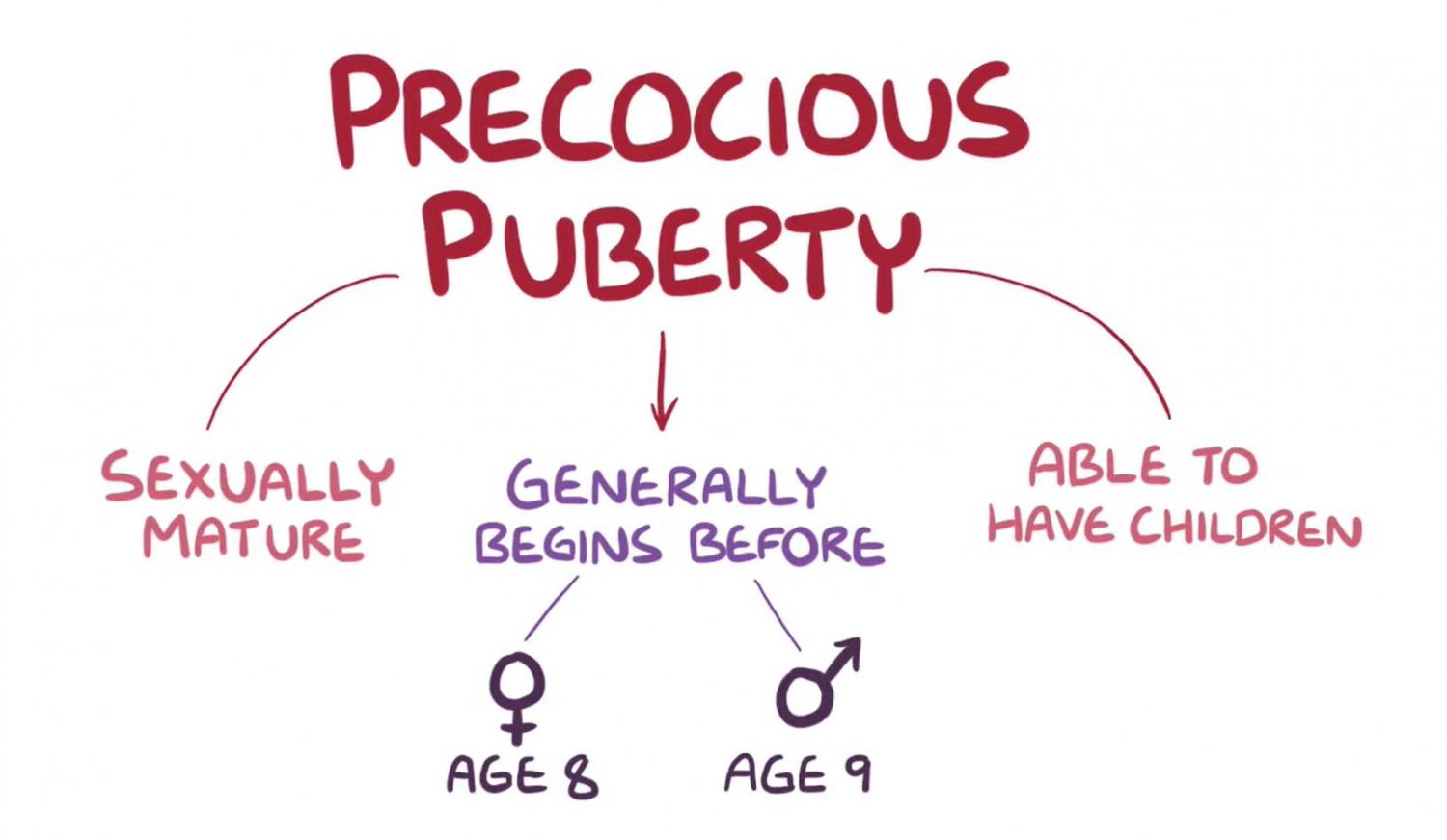
Rare Disease Education: Precocious Puberty
Editor: Kelsey LaFayette, DNP, RN, FNP-C
"When you hear hoofbeats, think of horses, not zebras,” is a common saying in medical education that means you should think of common conditions first, instead of rare ones, in making a diagnosis. “Rare” is a relative term though and about 7,000 rare, or "zebra," conditions affect more than 350 million individuals worldwide. Although these conditions collectively affect an enormous number of people, each of these conditions individually is rare enough that it can be difficult to secure the resources to study them and to develop treatments and cures. Likewise, awareness of rare conditions may be low and health care professionals may not be familiar with their signs and symptoms making it more difficult to reach a correct diagnosis and provide effective treatments.
To increase knowledge about rare conditions, Osmosis and the National Organization for Rare Diseases (NORD) have collaborated on an initiative to bring education and awareness to the public. We are excited to be a part of this initiative because we believe everyone deserves quality health care, no matter how rare their condition.
Zebra Highlight: Precocious Puberty
When we were children at school, there was that one child who was suddenly taller than everyone else. They would tower above classmates and their bodies foreshadowed the changes that would come for us all, sooner or later. There was an awkwardness and a flurry of emotions that ran with puberty, but what if it happened MUCH too early? YEARS too early?
Precocious puberty is puberty that occurs before eight years of age in females and nine in males. It leads to pubic hair development, skeletal maturation, and sex-specific changes earlier than expected. Precocious puberty can be caused by problems with the pituitary gland, like a tumor, head trauma, or malformation, called central precocious puberty; or when the sex organs begin working earlier than expected, called peripheral precocious puberty.
Around one in five thousand children, mostly females, are diagnosed with precocious puberty each year. Learn more about the mechanisms at play in this video.
Meet Hailey, 7 years old
When painful lumps started developing on the chest of their seven-year-old girl, Hailey’s parents rushed her to the pediatrician, worried. They were not ready for the news that she was actually developing breasts early, a clear sign of precocious puberty.
A family trip to Disneyland can be milestones in a child’s life that creates core memories. Yet, young Hailey could not dress up as a princess like she wanted since she had seemingly outgrown her age. Watch the family tell their story!
Pernicious Puberty Educational Video:
More Information on Pernicious Puberty
